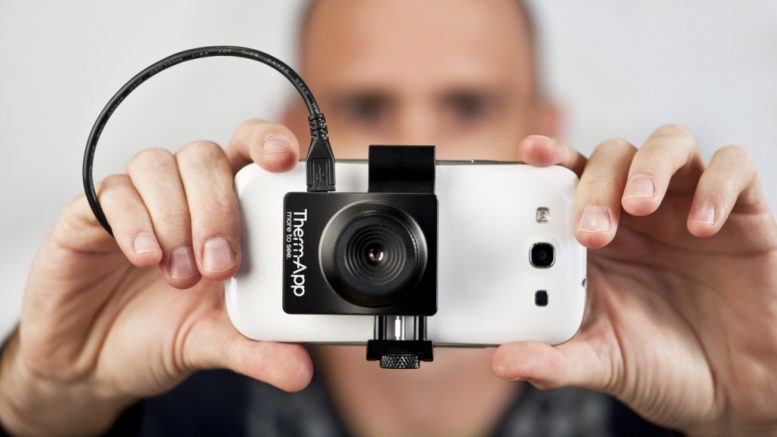Since its discovery in 1800 by Sir William Herschel, infrared has been used in numerous scientific, industrial, and medical applications. One of the most prominent uses of infrared is infrared thermography or infrared imaging, which is probably most popularly known for its military applications, including night vision, target acquisition, homing, and tracking.
However, infrared imaging also has many civilian uses, chiefly in surveillance, law enforcement, industrial facility inspection, and environmental monitoring. In this article, we’ll take a closer look into come of these different applications.
Surveillance
The primary advantage of infrared imaging is that there is no need for visible illumination to capture images because infrared imaging devices detect radiation emitted by objects. And because the amount of emitted radiation increases with temperature, humans and animals tend to stand out clearly in almost any condition, day or night, under a thermal imaging camera. This is crucial in the exploration or inspection of environments that don’t get a lot of light, like basements, narrow alleyways, or wooded areas.
Brushless DC motors for infrared cameras improve focusing capabilities of infrared imaging devices to help sharpen images. Motion detectors may also use brushless DC motors to improve accuracy and speed in detecting smaller movements.
Law Enforcement and Emergency Services
Infrared imaging can also aid law enforcers in important tasks like searching for fugitives and missing persons, location scoping and inspections, uncovering evidence and reconstructing crime scenes, and search and rescue operations among other activities.
Thermal imaging cameras can also increase the efficiency of border surveillance, airport and airfield surveillance, and even detection of unmanned aerial vehicles that may be used to breach privacy and obtain information illegally.
Infrared imaging is also valuable for firefighters, as thermal imaging cameras can help them “see” through fire and smoke to search for victims and locate survivors. They can also use these to spot elements that can cause fire or make it worse, such as overheated electrical wiring.
Industrial Inspections
Safety remains paramount in any industry, even as production has become a 24/7 affair. Infrared imaging can be a cost-effective solution in monitoring many elements of the production process to avoid accidents and unplanned production stoppages. This includes predictive maintenance of production equipment by detecting temperature changes in large motors, identify fuses that are at or near their current rated capacity, and finding faulty electrical terminals among others.
Apart from monitoring machinery, infrared imaging can also identify leaks in sealed containers, locate overloaded circuits, find faulty insulation that results to heat loss, and more. Relevant personnel can then repair or replace parts or whole equipment on time to prevent accidents and reduce production downtime.
Environmental Monitoring
The primary use of thermal imaging in environmental monitoring is weather forecasting. Through the help of infrared satellite maps, weather patterns and disturbances can be quickly identified, and experts will be able to gauge how devastating the effects could be. People in predicted areas can then prepare accordingly, while government offices and relevant organizations can coordinate their rescue and relief efforts in advance.
Infrared imaging can also help detect unusual increases in temperature, among others, which can help predict impending droughts. This allows the farming sector to respond appropriately by employing crop rotation and irrigation planning. Infrared imaging also plays roles in detecting pollution, spotting forest fires, and monitoring oceanic temperatures.
In Conclusion
There are certain limitations to thermal imaging. For example, because thermal energy can be reflected off shiny surfaces, infrared cameras cannot “see” through glass and other similar materials. Despite colloquial knowledge, thermal imaging doesn’t give “x-ray vision”; they can only gather information about what’s behind or between walls and not see through them.
It’s undeniable, however, that infrared technology has a myriad of benefits. It’s just a matter of using the appropriate instruments and allied technologies for people to be able to use infrared in detecting challenges or issues, which they can then address properly.



Be the first to comment on "Infrared Imaging and Its Safety and Security Applications"